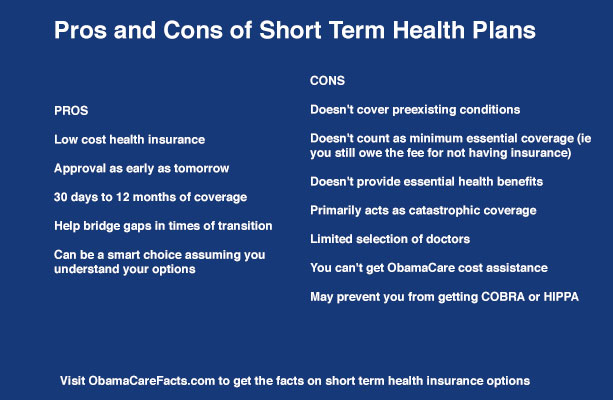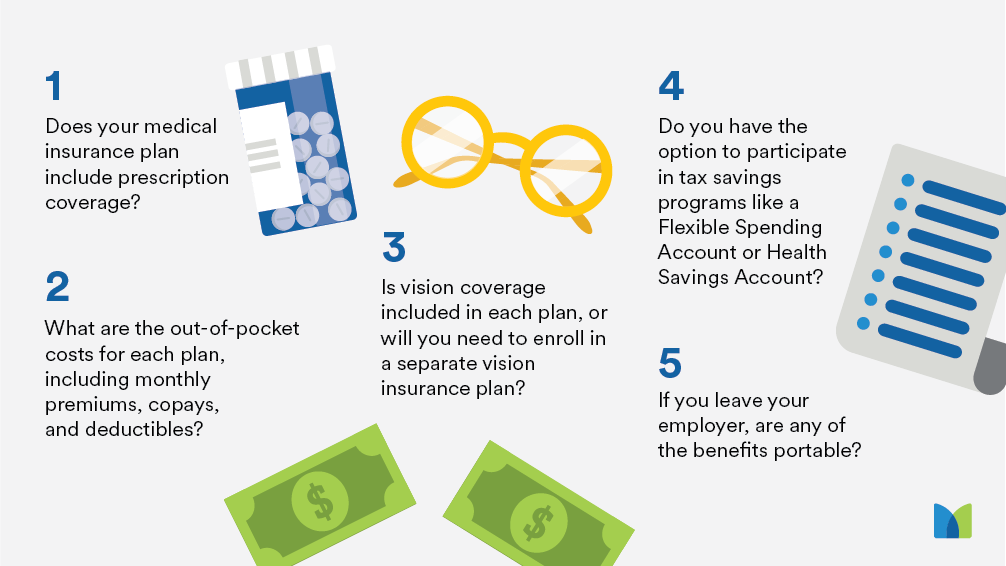Medicare Advantage Agent Fundamentals Explained
Wiki Article
Getting My Medicare Advantage Agent To Work
Table of ContentsMedicare Advantage Agent - An OverviewMore About Medicare Advantage AgentOur Medicare Advantage Agent Statements

complies with from confusing the reasonably young age profile of the uninsured with the better wellness, on average, of more youthful individuals. This covers the link between health and wellness condition and wellness insurance coverage. For those without access to workplace medical insurance, poor health and wellness is a prospective barrier to purchasing nongroup coverage because such protection may be very priced, leave out pre-existing conditions, or be merely unavailable. The number of without insurance Americans is not specifically big and has actually not altered recently. Seven out of ten respondents in a nationally depictive study thought that fewer Americans did not have medical insurance than in fact do(Fronstin, 1998). Approximately half(47 percent )believed that the variety of people without medical insurance decreased or stayed continuous over the latter fifty percent of the last decade(Blendon et al., 1999). This drop of practically 2 million in the number of people 'without insurance policy (a decrease
of about 4 percent)is absolutely a favorable adjustment. With a softer economic situation in 2000 the newest reported gains in insurance coverage may not proceed(Fronstin, 2001 ). The decline in the variety of uninsured will certainly not proceed if the economic climate stays slow and healthcare prices proceed to outpace rising cost of living. This is because the data were accumulated for a period of solid economic performance. Of the estimated 42 million individuals that were uninsured, all yet about 420,000(about 1 percent)were under 65 years of age, the age at which most Americans end up being eligible for Medicare; 32 million were adults in between ages 18 and 65, about 19 percent of all grownups in this age; and 10 million were children under 18 years of age, concerning 13.9 percent of all children (Mills, 2000). These quotes of the number of individuals uninsured are generated from the yearly March Supplement to the Current Population Study (CPS), conducted by the Demographics Bureau. Unless or else noted, nationwide quotes of people without health and wellness insurance and percentages of the populace with different sort of insurance coverage are based upon the CPS, one of the most commonly made use of source of estimates of insurance coverage and uninsurance prices. These surveys and the price quotes they produce are defined briefly in Table B. 1 in Appendix B - Medicare Advantage Agent. These studies vary in dimension and sampling techniques, the inquiries that are inquired about insurance coverage
All about Medicare Advantage Agent
protection, and the time period over which insurance policy protection or uninsurance is gauged(Lewis et al., 1998, Fronstin, 2000a ). Still, the CPS is especially beneficial due to the fact that it creates yearly price quotes relatively quickly, reporting the previous year's insurance policy coverage estimates each September, and because it is the basis for a consistent collection of quotes for greater than 20 years, permitting for evaluation of trends in protection gradually.
Fascination About Medicare Advantage Agent
Over a three-year duration beginning early in 1993, 72 million individuals, 29 percent of the united state populace, lacked protection for at the very least one month. Within a solitary year(1994), 53 million people experienced a minimum of a month without coverage(Bennefield, 1998a). 6 out of every 10 uninsured adults are themselves used. Although functioning does enhance the likelihood that a person and one's relative will have insurance policy, it is not a warranty. Even members of families with 2 permanent wage earners have almost a one-in-ten possibility of being uninsured (9.1 percent without insurance price)(Hoffman and Pohl, 2000 ). The relationship in between medical insurance and accessibility to care is well developed, as recorded later in this chapter. Although the relationship between medical insurance and health results is neither straight neither straightforward, an extensive professional and health services research study literature links wellness insurance policy coverage to enhanced access to care, much better high quality, and improved individual and populace health status. The 2nd record, on individual wellness end results for uninsured grownups, is represented by the innermost circle of the figure, while the 3rd report, on family health, encompasses the subjects of the second record however emphasizes a various device of evaluation, namely, discover this info here the family. The sixth record in the series will present info about approaches and campaigns undertaken in your area, statewide, or country wide to address the lack of insurance coverage and its adverse effects. Degrees of evaluation for analyzing the impacts of uninsurance. This discussion of wellness insurance coverage concentrates mostly on the U.S. populace under age 65 due to the fact that basically all Americans 65 and older have Medicare or various other public insurance coverage.
It focuses especially on those without any kind of health insurance coverage for any length of time. The problems dealt with by the underinsured are in some areas comparable to those encountered by the uninsured, although they are usually much less serious. Uninsurance and underinsurance, nonetheless, include distinctly different plan issues, and the techniques for addressing them might vary. Throughout this research and the 5 reports to adhere to, the main emphasis gets on individuals without any wellness insurance coverage and hence no support in paying for health treatment past what is offered with charity and safety net establishments. Health insurance policy is an effective element influencing invoice of care due to the fact that both clients and doctors react to the out-of-pocket cost of solutions. Wellness insurance policy, nevertheless, is neither necessary nor enough to acquire accessibility to medical solutions. However, the independent and straight result of health and wellness insurance coverage on accessibility to health services is well developed. Others will certainly get the healthcare they need also without wellness insurance, by paying for it expense or seeking it from suppliers that provide care free or at extremely subsidized rates. For still others, wellness insurance alone does not make sure invoice of care as a result of other nonfinancial barriers, such as an absence of wellness treatment carriers in their neighborhood, limited accessibility to transport, illiteracy, or etymological and social differences. Formal research about uninsured populaces in the USA dates to the late 1920s and very early 1930s when the Committee on the Price of Healthcare generated a collection of records about financing medical professional office check outs and hospitalizations. This issue became salient as the numbers of clinically indigent climbed up during the Great Clinical depression. Empirical studies regularly sustain the web link between accessibility to care and boosted health outcomes(Bindman et al., 1995; Starfield, 1995 ). Having a regular resource of treatment can be taken into consideration a forecaster of access, as opposed to a straight measure of it, when health and wellness results are themselves utilized as access signs. This expansion of the idea of accessibility dimension was made by the IOM Board on Keeping Track Of Access to Personal Health Care Provider(Millman, 1993, p. Whether parents are insured shows up to affect whether their children obtain treatment in addition to just how much careeven if the youngsters themselves have protection(Hanson, 1998). The wellness of parents can affect Click This Link their ability to look after their children and the degree of family anxiety. Bothering with their kids's accessibility to care is itself a resource of tension for moms and dads. Three chapters comply with in this record. Phase 2 provides an introduction of exactly how employment-based wellness insurance coverage, public programs and private insurance coverage operate and communicate to provide extensive but incomplete insurance coverage of the united state populace. This includes a testimonial of historical trends and public laws influencing both public and exclusive insurance, a conversation of the communications amongst the various types of insurance coverage, and an exam of why people move from one program to another or wind up
.png)
Report this wiki page